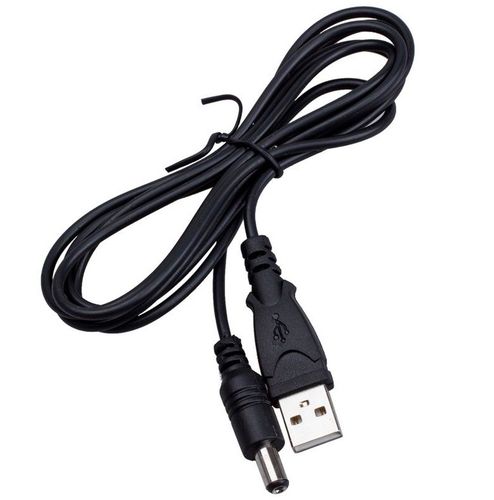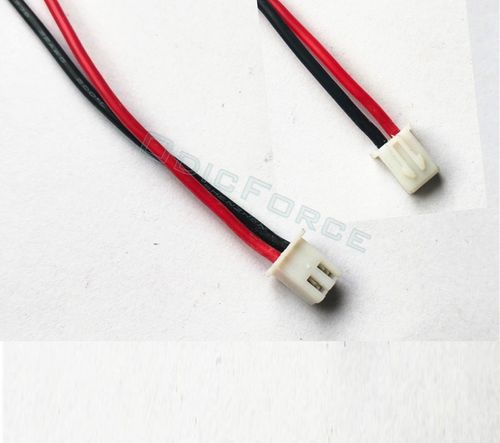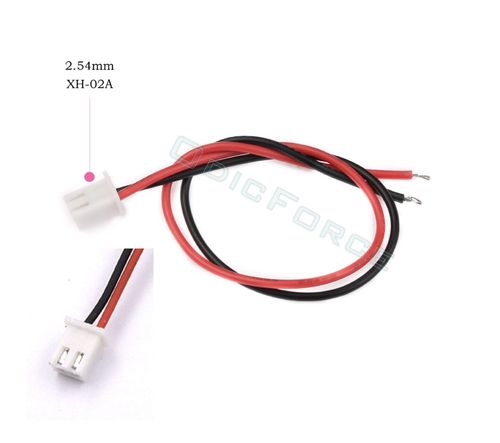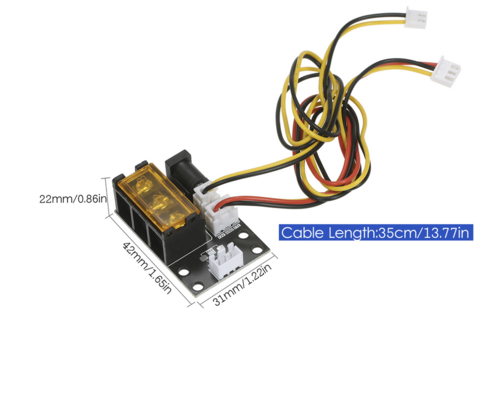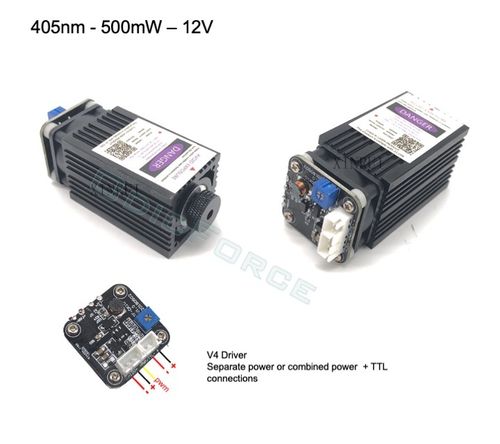Laser Engraving and Cutting (CNC) Modules and Parts

TTL and Analogue Driver Operation
With a "TTL” driver a TTL level signal (nominally 5V but normally anything between 2.5v and 5V will work) will switch the laser on or off.
The TTL circuit avoids the soft start function of the driver and allows rapid switching so a pulse width modulated (PWM) signal can be used to control the average power.
The switching is between off and full power, the power variation is from the pulse duration, e.g. a 50% pulse cycle will keep the laser on for 50% of the time so the average power will be 50%.
TTL drivers accept very rapid switching (thousands of times per second), if the switching rate is greater than ~150Hz (times per second) the beam appears continuous to the eye but lower intensity (depending on the pulse width).
With an “analogue" driver the switching is the same except the laser output also depends on the voltage of the signal.
If a 5V signal is used the driver will act like a “TTL” module switching between 0 and 100% power with the pulse signal.
If the signal is less than 5V, e.g. 2.5V the laser will switch between off and 50% output.
Analogue drivers allow the true power to be varied by voltage and the the average power by pulse width.
Laser Power
We quote the optical power of our modules.

